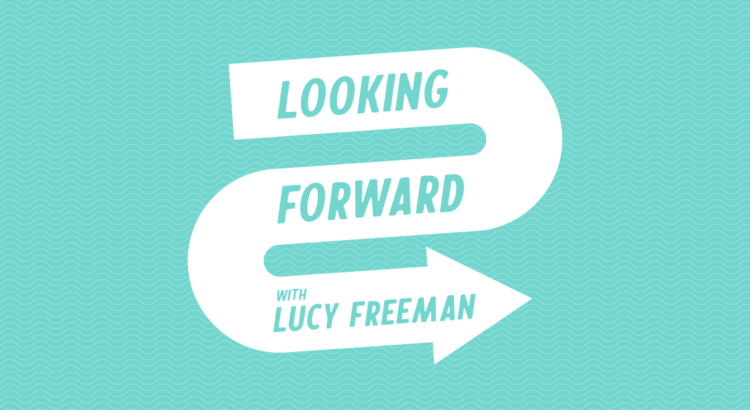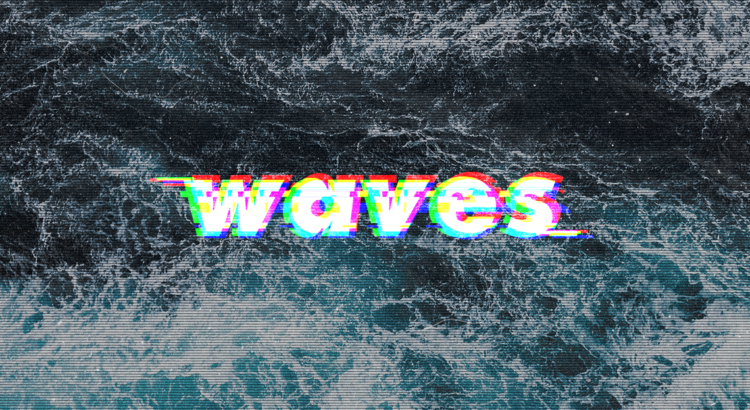Happy Friday, arts, ink readers!

I hope that you’ve all been able to get out and enjoy the sunshine that we’ve had the past few days (at least if you’re in the Ann Arbor area). It’s been giving me just enough of a “light at the end of the tunnel” that Spring may be coming soon after all.
So far on Looking Forward, I’ve spoken with a lot of organizations that have had to pivot their typical operations due to the pandemic, with many moving traditions, rehearsals, and exhibitions online or finding ways to do them while socially distancing, pre-recording content to share with their members, getting creative with multi-media approaches to projects, and collaborating with other student organizations. But what if you don’t have any “typical operations” yet? How does a new organization pave its way through this overwhelming and complicated time?
This week I had the pleasure of chatting with Amira Rabbah, President of a new organization on campus called The Plush Project. Over the course of quarantine, Amira found herself looking for new ways to keep herself busy and learn new things — enter: crocheting. She had always loved to knit, and crocheting seemed like a fun, new challenge that was also a continuation of her passion for yarn arts. She was particularly interested in the style of crocheting called amigurumi, which involves crocheting and stuffing different characters, toys, and plushes.
After she had gotten a handle on the technique, she found herself building up quite the collection of handmade toys. Rather than leave them to collect dust on a shelf, she wanted to donate these toys to children who are going through difficult times. This was the beginning of The Plush Project. Soon, Amira realized that yarn arts lovers across campus could contribute to this group, building a sense of community and practicing the hobby while giving children who are in the foster care system or who are sick a sense of comfort.
After figuring out the administrative hoops of how to form a Voluntary Student Organization (VSO) on campus, Amira applied for a grant through Arts at Michigan to help provide materials to members. This way, she explained, the organization could be as inclusive as possible and not present barriers to potential members who would like to get involved but cannot afford to purchase yarn or needles, etc.
Since forming in the Fall semester, the organization has grown to about 15 members from a variety of experience levels.
“Mostly, we have some seasoned crochet there’s a couple of new crocheters, but they’ve all, like, been introduced to some sort of yarn or fabric art, at least one of them, so either they sew or knit, all those are good avenues for making plush toys, so it doesn’t have to be crochet but that has happened to be the supplies that we have to give out.”

Although growing and running the organization has perhaps been more difficult than it would be if in-person meetings were possible, Amira has done great work and already set up donation relationships with Orchard Children Services, with the hopes of expanding to other places like Motts hospital in the future. And they’re still growing! Amria welcomes anyone who is interested in crocheting or yarn arts to get in touch:
“We’d love to obviously have more regular members, so if you’re interested in coming to our Zoom, but hopefully later in-person, sessions to crochet, get materials, whatever, the best way would be to email me or find us on one Maize Pages… they’ll both give me an email notification, so both are great ways to, like, reach out. I’ll give you a whole spiel about our organization up the zoom links to our meetings and everything!”
You can reach Amira and learn more about the Plush Project by emailing her at arabbah@umich.edu, or by visiting the Plush Project Maize Page and clicking on the “Contact” button.
I loved learning more about how a new organization has navigated this complicated year, and hearing how dedicated Amira is to this project was really inspiring. Definitely check them out!
That’s all from me today. Remember to take some time for yourself this weekend and decompress – students would typically be enjoying Spring Break right about now and I think a lot of us could use a break.
Take care and stay safe,
Lucy












